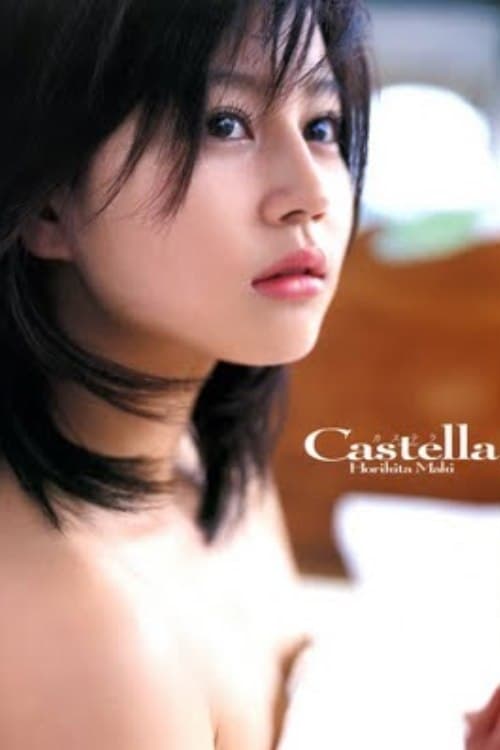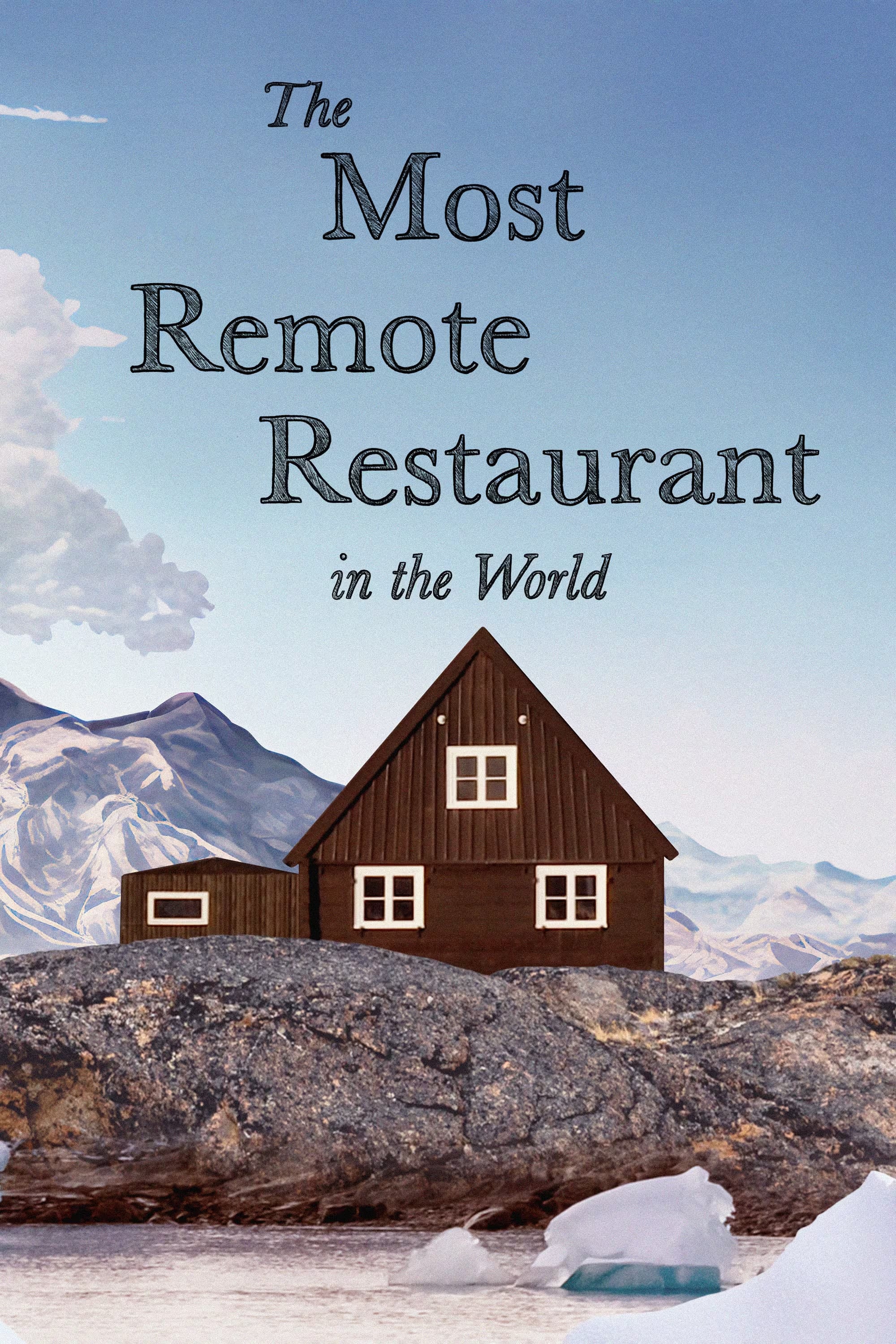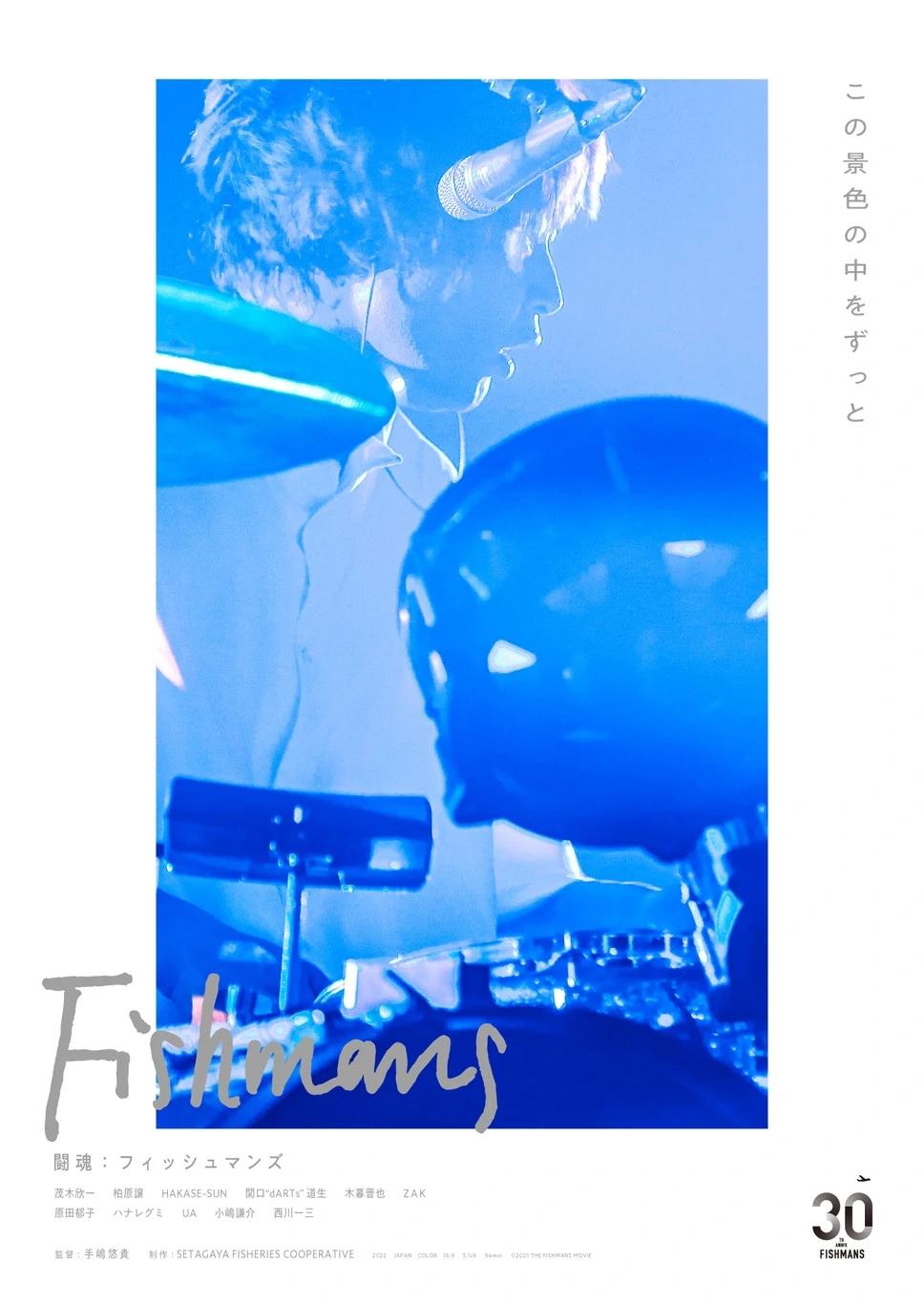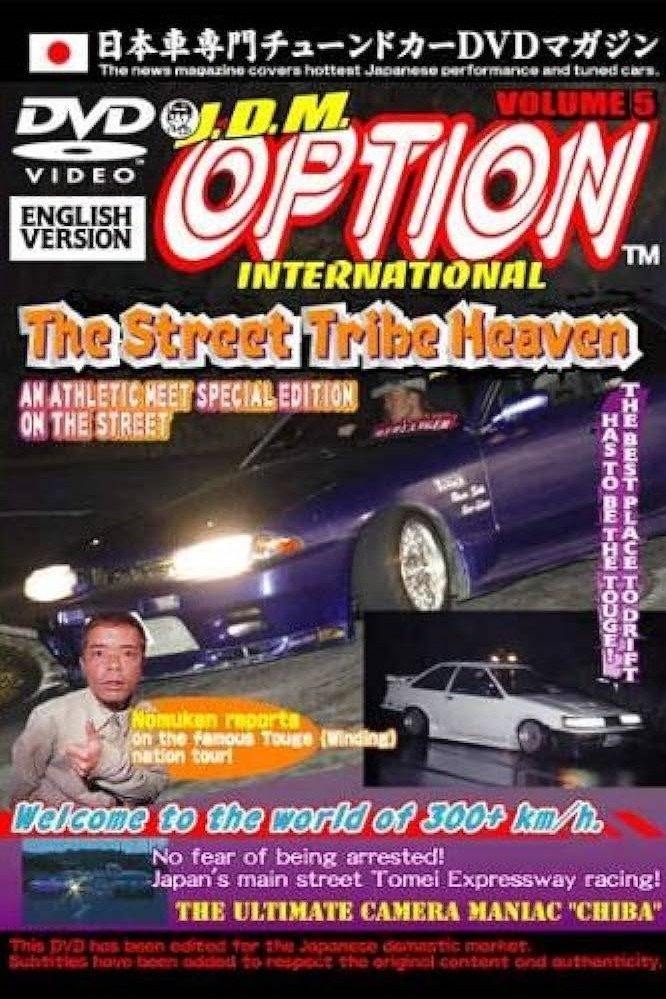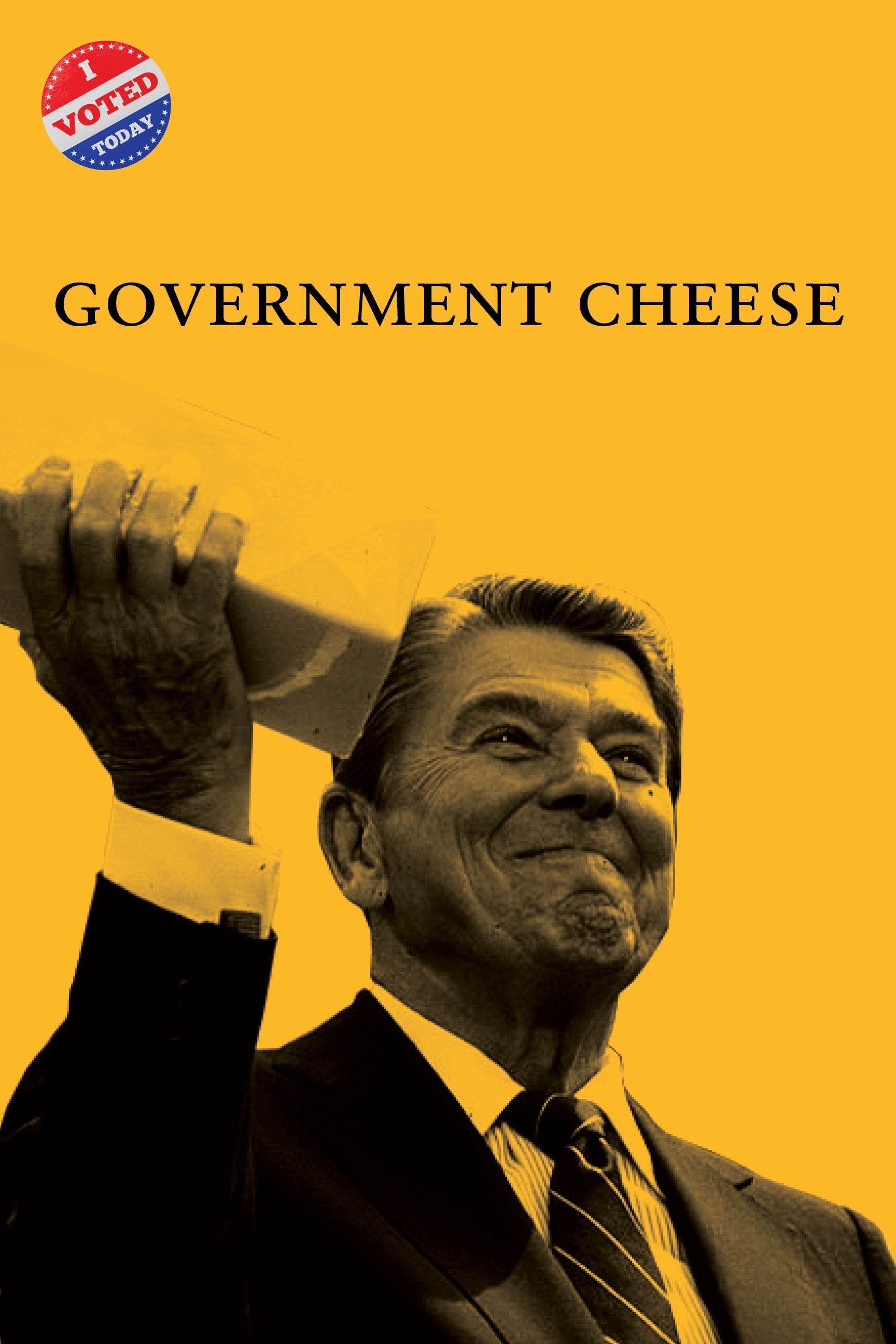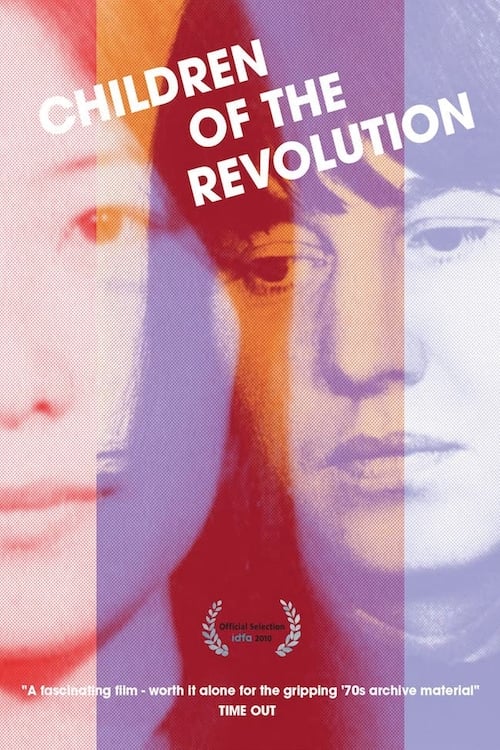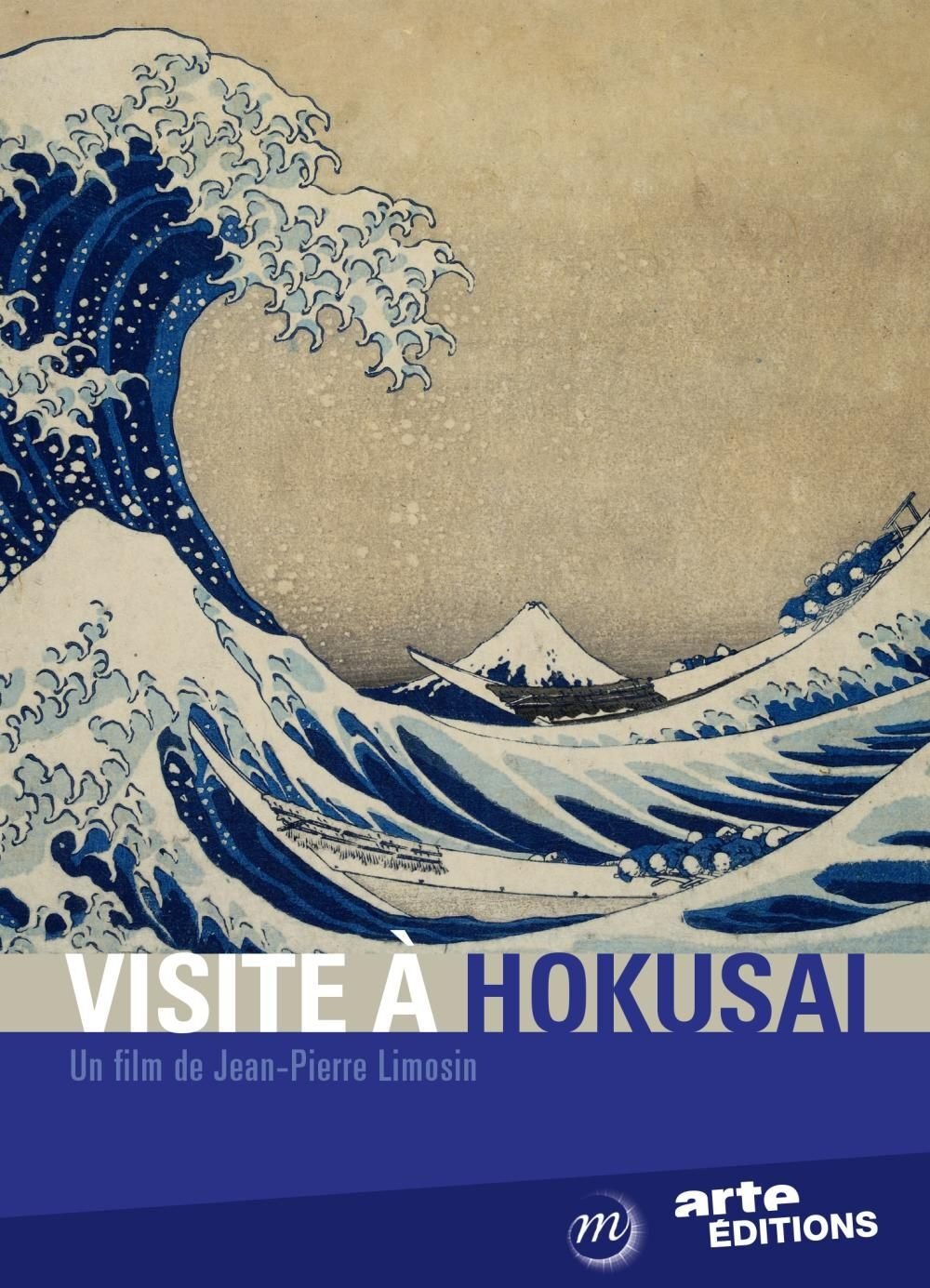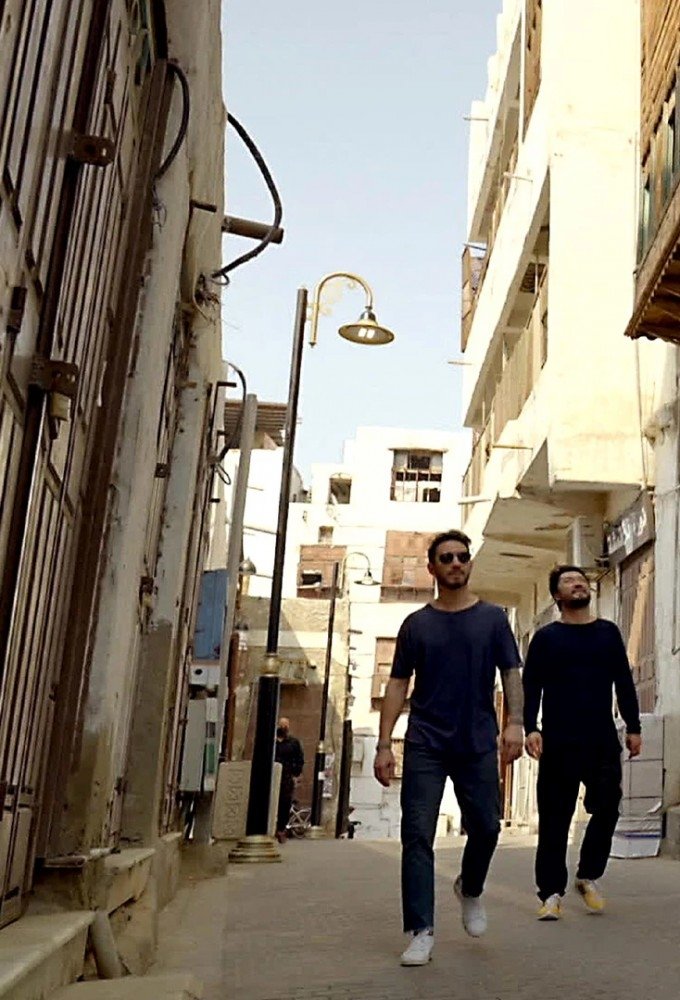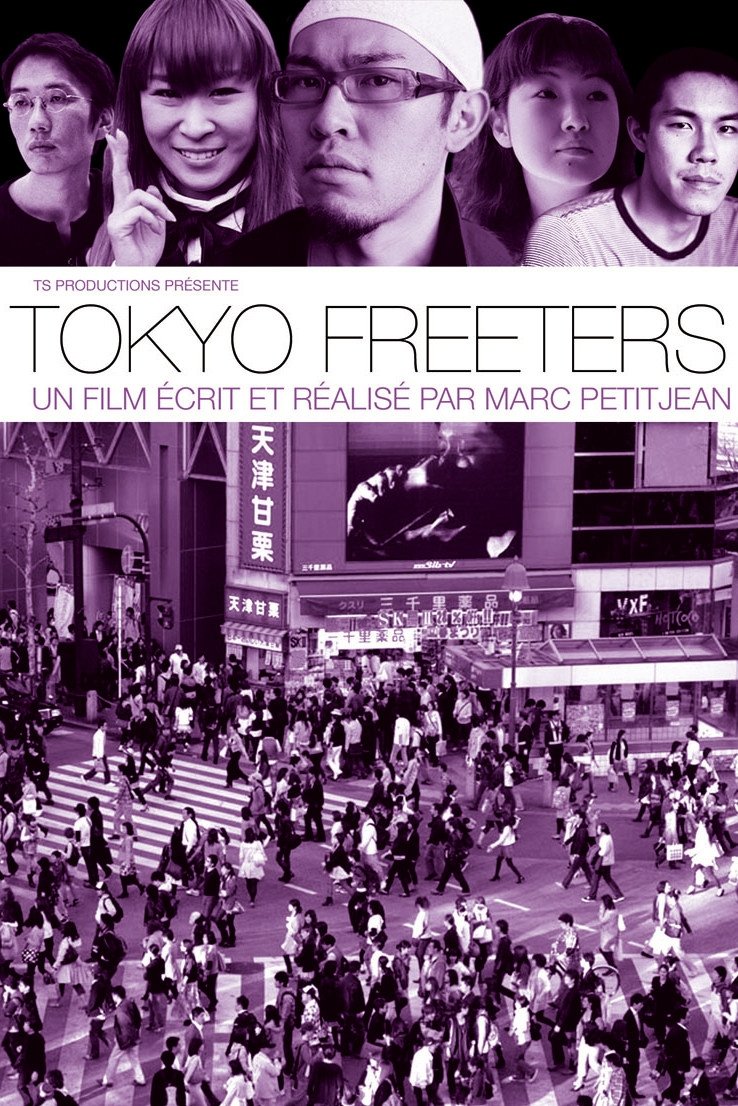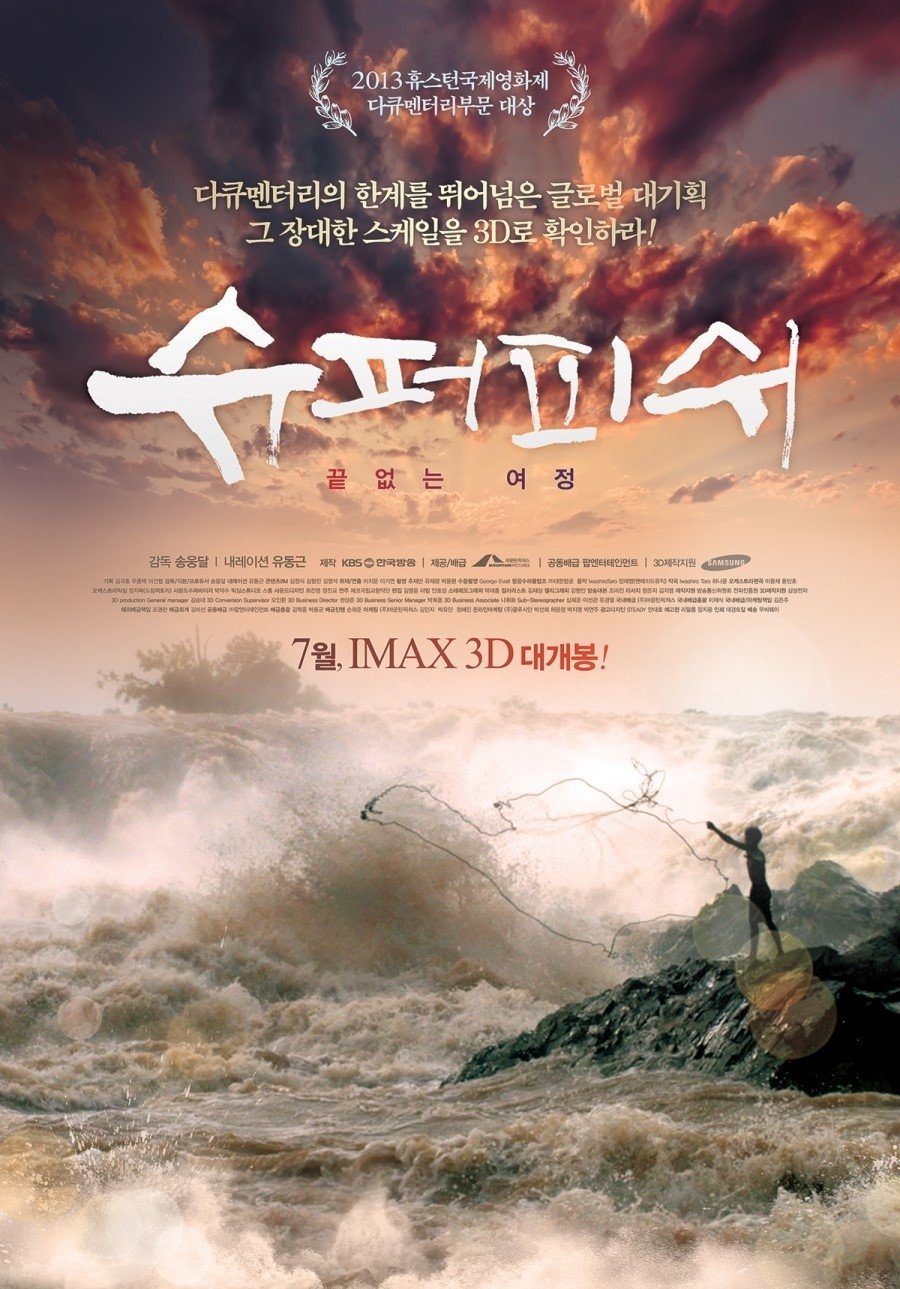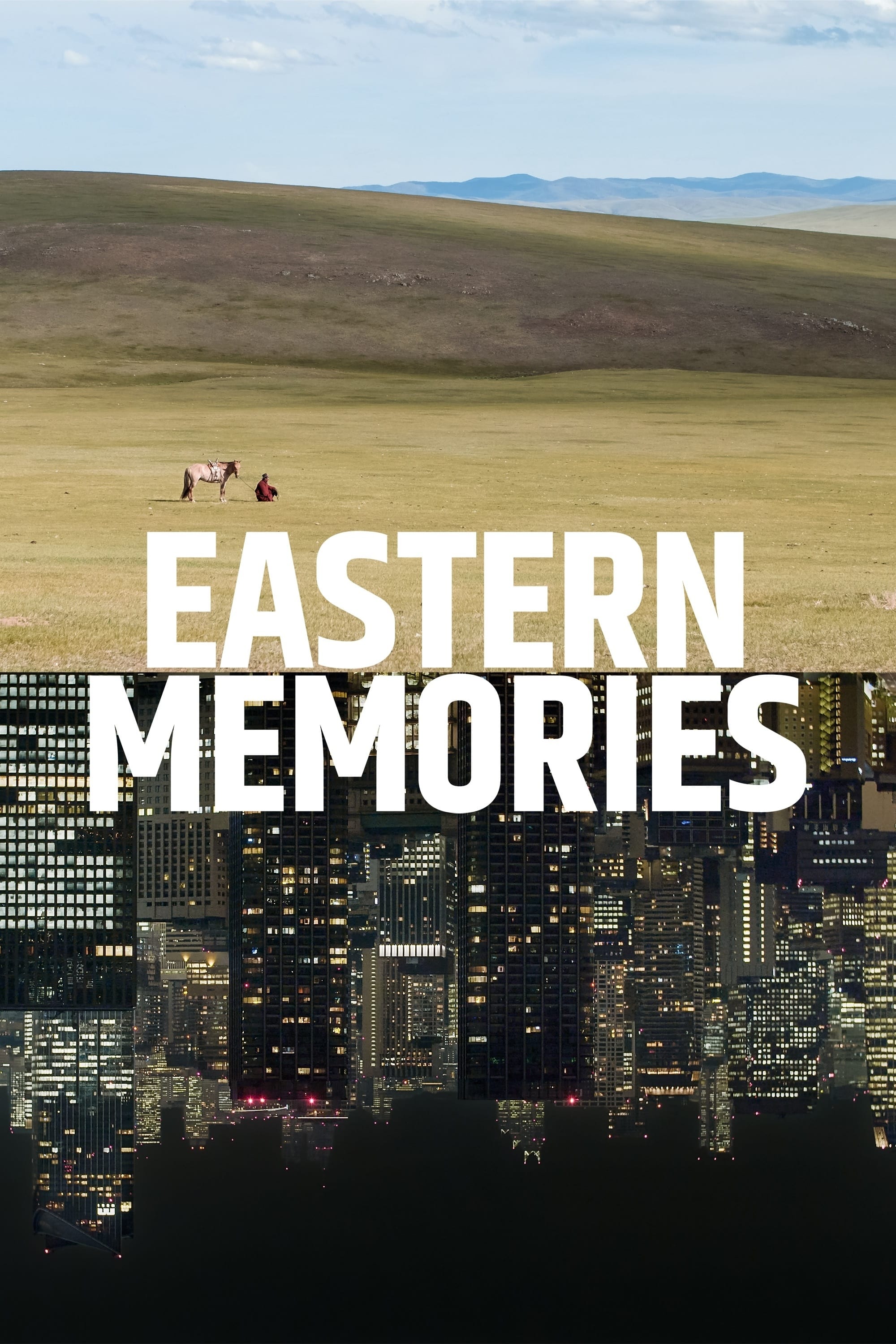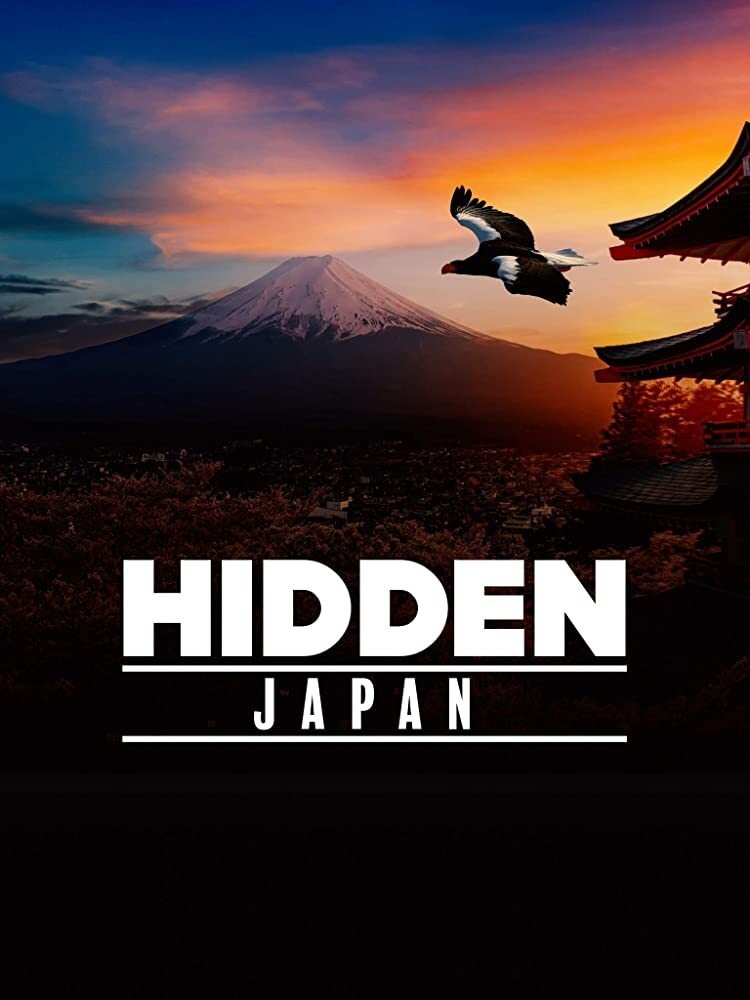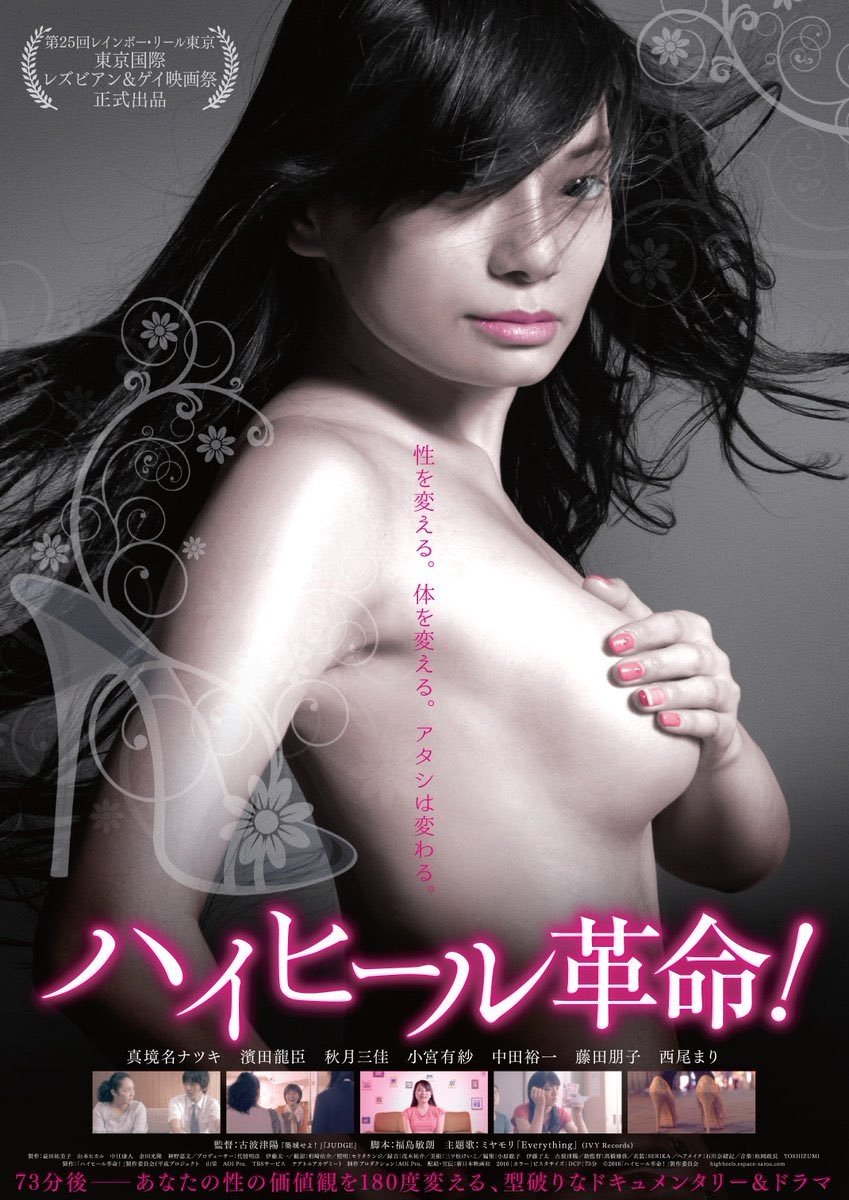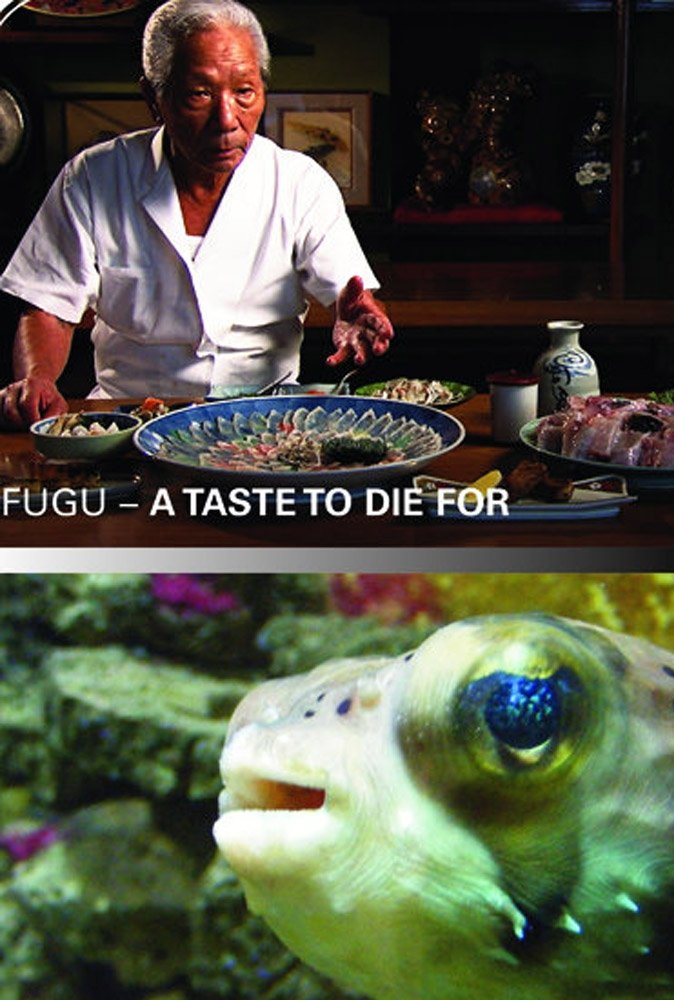
Fugu - A Taste to Die For (2010)
Overview
It's the most dangerous delicacy in the world. Despite incidents of poisoning year after year, the popularity of this exotic dish in Japan remains unbroken. The Japanese blowfish fugu contains one of the deadliest poisons known to man, 1250 times more potent than cyanide. If the cook isn't skilled in the use of a filet knife, the gourmet meal could become a death sentence for the restaurant guest.
Production Companies
Additional Info
| Budget | $0.00 |
|---|---|
| Revenue | $0.00 |
| Original Language | de |
| Popularity | 0.0986 |
Directed By
John Wate
TOP CAST
Similar Movies
Super Size Me
Morgan Spurlock subjects himself to a diet based only on McDonald's fast food three times a day for thirty days without exercising to try to prove why so many Americans are fat or obese. He submits himself to a complete check-up by three doctors, comparing his weight along the way, resulting in a scary conclusion.
Horikita Maki: Castella
Documentary about the photo session for the photobook "Castella", filmed in Portugal.
Poem of the Young Hearts
An independently produced documentary about growing up as a blind youth in 1960's Japan. It focuses on a group of elementary level students being taught by Mr. Kawai at the Zoshigaya Branch of Tokyo Educational University. Filmed over 12 years, the documentary tracks these student's lives up through their young adulthood. It follows the journey of one student in particular, Kiyoshi Hasegawa, a young boy who eventually learns a passion for music and wants to become a recording artist. Expanded from director Hideo Hamada's documentary short "But We Can Gaze!"
The Most Remote Restaurant in the World
The meals based on indigenous ingredients and sustainability at the forefront. Project managers are soon faced with problems ranging from sourcing ingredients to staffing a high-end restaurant in a location inhabited by only 53 people.
Fighting Spirit: Fishmans
A documentary film chronicling the rehearsal, preparation and performance of a Fishmans concert performed on February 19, 2019 @Zepp Tokyo.
JDM Option International: Volume 5 - 2004 Street Tribe Heaven
Every drift fans knows that despite the growing popularity of drift-racing, the heart of the ride will always be the Touge (mountain pass), and in this release Nomuken leads the JDM Option team through the very origins of Japanese drifting. As an added bonus, the JDM Option crew also shares a mysterious video sent in by an unidentified street racer who rockets along the Tomei Expressway at speeds in excess of 300km/h.
Government Cheese
After years of overproduction, the Reagan administration unloads over 500 million pounds of surplus cheese on the American public in the 1980s. The pungent dairy product comes to be known as 'Government Cheese.'
Children of the Revolution
Inspired by the student revolutions of 1968, two women in Germany and Japan set out to plot world revolution as leaders of the Baader Meinhof Group and the Japanese Red Army. What were they fighting for and what have we learned?
A Visit to Hokusai
A look at the work of Japanese woodblock printing artist Katsushika Hokusai (1760-1849).
Arabian Flavours
Join world renowned chefs, Pierre Sang & Cédric Grolet, as they travel Saudi Arabia experiencing new flavours, meeting other chefs and learning Arabic cooking techniques.
Tokyo Freeters
In Japan, more than four million young people survive by taking on precarious jobs. They are called “freeters”. The film gives voice to these “discard-after-use” workers, who regard their situation with both lucidity and desperation, as well as to ex-freeters who have become activists in the fight against exclusions.
Super Fish - An Endless Adventure
Since man made the spear one-hundred thousand years ago, the fish have been a surprising role in human history. They've only been known as food for man who have been hungry! How have they changed the history of humans? Here goes the story...
Eastern Memories
At the turn of the 19th and 20th century Finnish philologist G. J. Ramstedt travelled around Mongolia and Central-Asia. In this documentary Ramstedt’s memoirs are heard in the modern day setting, where tradition is replaced with hunger for money, and deserts give way to cities.
Tokyo Ainu
TOKYO Ainu features the Ainu, an indigenous people of Japan, living in Greater Tokyo (Tokyo and its surrounding areas), who are and actively in promoting their traditional culture in a metropolitan environment away from their traditional homeland, Hokkaido. Shedding a common assumption that all Ainu live in Hokkaido, the film captures the feelings, thoughts and aspirations of Ainu people that who try to follow the Ainu way no matter where they live.
H.O.P.E.: What You Eat Matters
H.O.P.E. is a life-changing documentary uncovering and revealing the effects of our typical Western diet high in animal-based foods. It contrasts the limited interests of the pharmaceutical and agricultural industry with the all-encompassing interests of living beings on this planet and with the power of responsible consumer action. H.O.P.E. is an urgent call to action to all of us to commit to a change towards sustainability and safeguarding our living environment.
Hidden Japan
The culture of Japan is incredible, from bloom festivals to ultra-modern cities. But there are also more than 130 mammals and 600 bird species dwelling in Japan’s 6,852 islands. This island chain is long enough to span climate zones, providing a huge range of habitat.
Matsuko in Real Life
Matsuko Deluxe explores the seemingly familiar yet overlooked facets of Japanese culture through real-life experiences.
High Heels Revolution!
From a young age, Natsuki knew she was a girl despite her sex assigned at birth. Against the backdrop of conservative Japanese society, this poignant docudrama tells her remarkable story of gender transition. Reflecting on her high school years, Natsuki interviews the supportive friends and family who supported her choices – and also confronts the people those who oppressed her freedom. Tracing Natsumi’s story to the present, this compelling portrait of gender identity in contemporary Japan offers insights of a layered experience in a complex society.
Ink Music: In the Land of the Hundred-Tongued Lyricist
Everyone in Japan knows his work, yet few recognize his face. Chris Mosdell, British expatriate, pop lyricist, poet and visual artist, during his 30-year residence in Tokyo has written chart-topping hits with some of Japan's most influential musicians and composers, penned lyrics to anime film scores, and run with the multimedia underground of that city's avant-garde. Ink Music: In The Land Of The Hundred-Tongued Lyricist is a 90-minute documentary film detailing those artistic relationships in the expansive career of artistic word-smith, Chris Mosdell. Shot in HD on-location in Tokyo and Fukui, Japan, and New York City, USA, the film highlights Mosdell's rise from obscure expatriate bohemian poet to renowned lyricist for Japan's biggest band ever, Yellow Magic Orchestra (YMO). The story is told through exclusive interviews. Tokyo itself also figures into the narrative as a major character, featuring copious clips of original footage from inside the city that inspires Mosdell's work.

